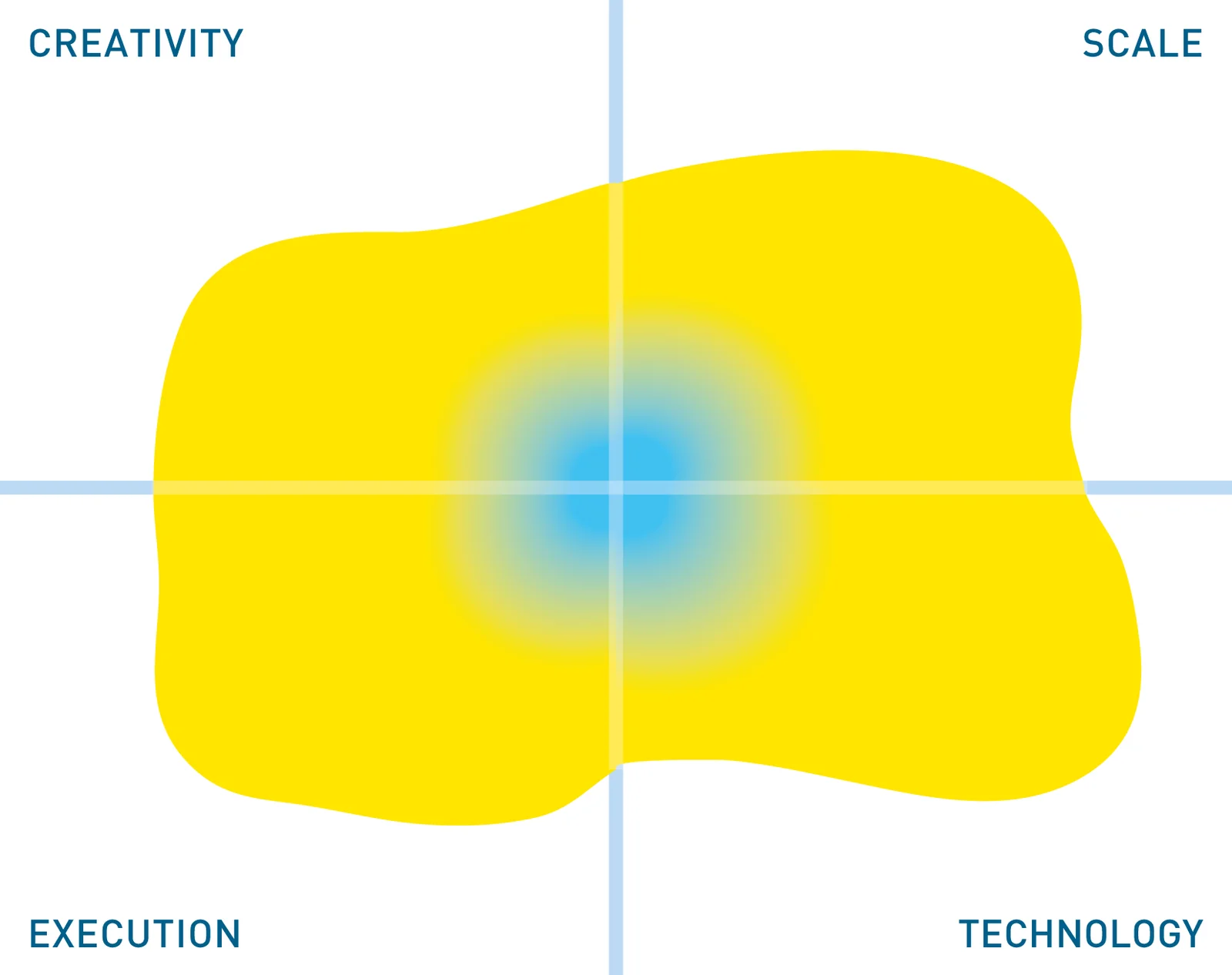Tricentis Tosca Orchestrated Service Virtualization
Update solution on December 17, 2018

Tricentis Tosca Orchestrated Service Virtualization (OSV) is a service virtualisation solution that is tightly integrated with other Tricentis testing products such as Tricentis Tosca TestSuite. In this way it contributes towards a complete end-to-end testing solution.
Customer Quotes
“The Singapore Stock Exchange increased its productivity by 70% and reduced its testing time from 80 days to 5 after adopting Tosca and OSV”
“WithTosca and OSV, Clearstream – part of the Deutsche Börse Group – was 1 year ahead of its internal project schedule.”
OSV allows you to create virtual services by using the OSV Recorder to record requests and responses to the real service you would like to emulate. You can record interaction with the service either by interfacing with it manually or by running an automated UI test (for example, using Tricentis Tosca TestSuite). The result will be a recorded sequence of requests and responses that you can then group together to create an OSV scenario corresponding to the test (or sequence of manual inputs) that created it. In either case, your virtual service will now respond appropriately to requests that are specified in the recorded scenario, sending the appropriate responses at the appropriate times. Scenarios are stateful, so they won’t respond to valid requests if they do not come in a valid order. You can also configure your scenarios to parameterise their responses based on the preceding request. For example, your scenario could take an arbitrary date as input in a request, then return the following day as a date in the response. Additionally, instead of using the OSV Recorder, you can create virtual services from existing APIs using the built-in Tosca API Scan.
You can record and create scenarios for any number of tests. However, doing this for every possible test is not necessary. Instead, you can import a scenario, or set of scenarios, into TestSuite. This allows you to remove contextual data from your scenario and transform it into a test case template. You can then attach sets of test data to this template (created through TestSuite’s test data generation capabilities), generate test case instances from the combination of test case template and test data, and finally export those instances back into OSV as new scenarios for your virtual service. Test data that is attached in this way can leverage pattern matching (via wildcard operators) to allow for a variety of data in the request while still eliciting the same response. Moreover, since you can attach the same test data to both automated UI tests and imported scenarios, OSV and TestSuite together allow you maintain a single, centralised test data repository that provides test data to the entirety of your testing environment. Importing scenarios into TestSuite also gives you the option of viewing (and manipulating) them visually in a sequence flow diagram. In addition, virtual services created in OSV feature built-in, automated message validation. As a scenario is run, OSV will automatically analyse and validate all incoming data to make sure it is properly formed and sent in the correct order. Once the scenario is completed, any requests that do not conform to these standards will be flagged. This can be seen in Figure 1.

Figure 1 – Automated message validation in Tricentis Tosca Orchestrated Service Virtualisation
Testing is an extremely important part of the software lifecycle. Furthermore, test automation and continuous testing are a necessity in order to enable fast, efficient testing that can keep pace with modern development, particularly in an Agile environment. But you cannot have true continuous testing when your tests are dependent on services that may or may not be available at any given time, often resulting in bottlenecks in your development pipeline. This is where service virtualisation comes in. By constructing virtual services to test against in place of real services, you can create tests that are independent of any external systems and hence can be deployed at any time, thus enabling genuine continuous testing and removing the aforementioned bottlenecks.
OSV is particularly well placed to enable this capability, due to its tight integration with Tricentis Tosca TestSuite, a best-of-breed test automation and test design automation product with a notable capability for enabling continuous testing. Together, these products enable the rapid creation and integration of virtual services with automated UI tests, creating a new approach that Tricentis refers to as ‘Test-Driven Service Virtualisation’. This terminology is apt, with the products mentioned allowing you to drive the creation, automation and maintenance of your virtual services via your UI tests, themselves created and maintained through TestSuite. This test-driven approach places tests and testers at the heart of service virtualisation, and makes it much easier for you – and, particularly, your testers – to manage and maintain your virtual services.
The Bottom Line
OSV is a capable service virtualisation product whose standout (though by no means only) feature is its integration with Tricentis Tosca TestSuite, itself a best-of-breed test automation product. Conversely, the existence of OSV adds significantly to the appeal of TestSuite as a continuous testing platform. Ultimately, if you are already using TestSuite, we see very little reason not to leverage OSV as part of your testing solution.
Related Company
Connect with Us
Ready to Get Started
Learn how Bloor Research can support your organization’s journey toward a smarter, more secure future."
Connect with us Join Our Community
